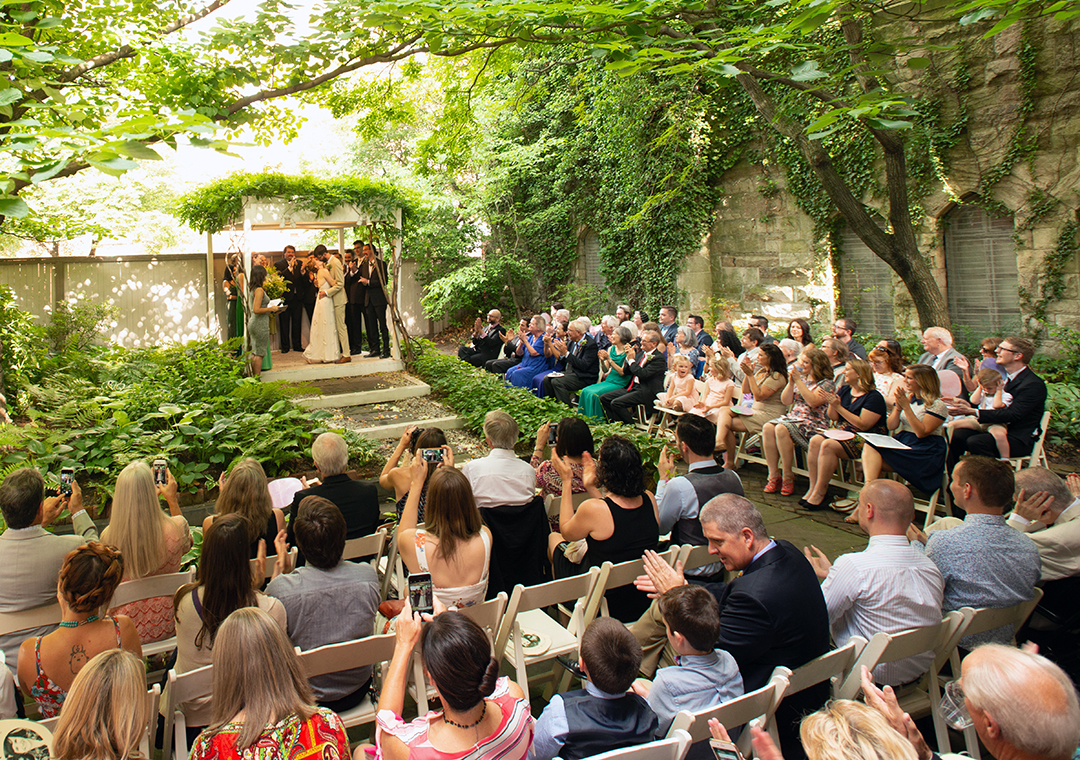Wedding expert David Egan shares, "Sure, wedding planning is complicated, but it doesn't have to be overwhelming." He breaks down the process here!

Photo Credit Chase Court
First off, believe me when I tell you that you can do this! Sure, wedding planning is complicated, but it doesn’t have to be overwhelming.
A good place to start your planning is by looking inward, into your minds and hearts. Spend some quality time with your significant other, thinking and talking about how you want your wedding to be. What’s important to each of you? How will your wedding look, feel, smell, and taste? What experiences do you want to have there?
Take your time with this first step. Talk, then let it all roll around in your minds for a day or two — or a week or two — and then talk some more. Once you’ve gotten as much out of your heads as you can, write it all down. Capture as much detail and nuance as possible. Mark out the must-haves, and notice the places where you can be flexible. This document is now the centerpiece of your wedding plan. You’ll add to it, probably make some changes, and might even delete some of it.
Next come two wedding-defining parameters: your overall budget and your guest list. Both help define the other, and each is influenced by the plan you just developed.
Your budget is simply all the money that you have available to pay for your wedding. If family members have said that they will contribute financially to your wedding, now is the time to determine the size of those contributions. Add all of the available money together, and you have your overall budget. Write the number on your planning document.
Your guest list is composed of everyone whom you plan to invite. The closer you can get to a real number right now, the better. Where to start? Close your eyes and imagine you’re at your wedding ceremony, about to be married. Look out at the people around you. Look all around. Who do you see? Those are the people that go on your list. The people you love, and who love you. They are all that you need.
Now that you know a lot about your wedding, it’s time to look outward at goods and services. Staying grounded is best served by working on one thing at a time. Here’s the order that I think makes the most sense:
1. Venue. Now you have time, date, place, and style.
2. Catering. Catering also has influence on the look and feel of your wedding, as well as the flow of the event. Most of your budget is typically spent on the venue and catering, which is another good reason to do these two things first.
3. Entertainment, photography, and decorating.
The order in which you do these is determined by 1.) which is most and least important to you and 2.) how much money you have left in your budget. If money is getting tight, consider leaving decorating until last.
There’s more to do, of course, but starting right and staying focused on one thing at a time will help make your wedding fun to plan and a heartfelt, wonderful experience.
David L. Egan is the proprietor and steward of the castle at Chase Court, a historic wedding and event venue in Baltimore. Visit chasecourt.com, and follow ChaseCourtWeddingVenue on Instagram and Pinterest!